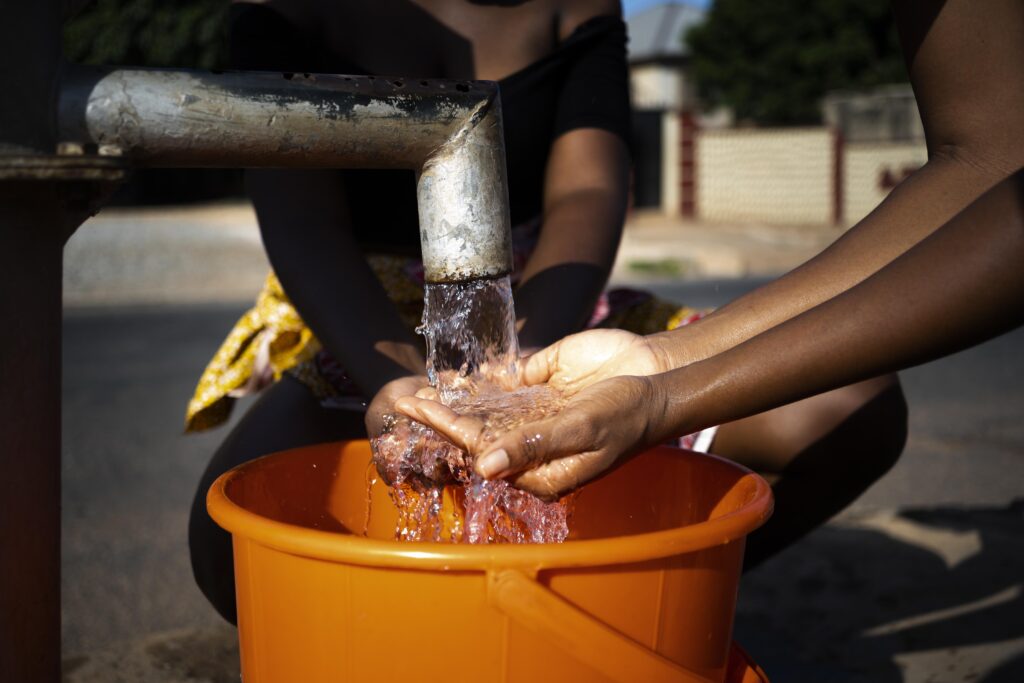Urban sprawl and water scarcity are two of the most pressing challenges facing California and other southwestern states today. California’s reliance on the Colorado River, growing housing demands, climate change impacts, and infrastructure inefficiencies have combined to create a complex and increasingly urgent situation.

This article explores the numerous issues surrounding water management, infrastructure development, housing, and sustainability solutions for the future.
California and the Colorado River Crisis
California gets the biggest slice of the Colorado River water, with 4.4 million acre-feet every year. But there’s a problem: the river’s flow is shrinking. Sure, some studies suggest that it might recover a little by 2050, but for now, the entire system is outdated and overstretched.
Did you know California grows almost all of America’s fruits and nuts? That takes an enormous amount of water. Add wildfires, poor planning, and mismanagement, and you will have a real mess. While there are innovative ideas out there, the state has a bad habit of backing expensive, flashy projects instead of practical, proven solutions.
Innovative Water Management Solutions
Here’s the good news: smart solutions exist.
- Water Reclamation Systems: NASA’s tech on the International Space Station has shown we can recycle wastewater into drinking water.
- Recharge Projects: Towns like Prescott Valley, Arizona, are reclaiming up to 65% of their water. Not bad!
- Advanced Wastewater Plants: Places like the Hyperion and Donald C. Tillman plants in LA are leading the way in water recycling.
Modular Housing and Smart Cities
The future might just lie in modular housing. Companies like Fullstack Modular are building prefabricated, scalable homes that include cutting-edge water reclamation systems. Imagine neighborhoods that generate and recycle their own water, easing the pressure on overloaded infrastructure. Placing these homes near aquifer regions and using geothermal systems for heating and cooling could revolutionize urban development.
Shared development costs, especially in “Freedom Cities” that colocate housing with data centers, could also slash construction expenses. It’s a win-win: smarter cities and stronger economies.
Satellites, the Moon, and a New Water Frontier
NASA’s GRACE satellites now track underground water supplies with incredible accuracy. In the future, off-world settlements on the Moon and Mars will require artificial water cycles, too.
So why not get really good at it here first?
NASA’s closed-loop water systems could soon influence how we design entire cities back on Earth.
Groundwater Depletion and the Central Valley
Sadly, history shows what happens when we ignore sustainability. Draining Tulare Lake in the 1800s kickstarted a groundwater depletion crisis that still haunts California’s Central Valley today. New technologies like desalination offer hope, but the damage to rivers, lakes, and ecosystems will take serious effort to repair.
Water Efficiency, Programs, and Government Waste
California has launched programs like WUEFAP to promote water conservation. However, too often, these initiatives turn into expensive, inefficient exercises in bureaucracy. The reality is programs have diminishing returns when basic supply issues aren’t addressed first.
Real solutions involve building new water supplies, desalination plants, and integrated aqueduct systems and not just telling farmers to “do more with less.”
The Promise of Desalination
Desalination is no longer a dream. San Diego’s Claude “Bud” Lewis Carlsbad Plant, for example, provides about 10% of the region’s water.
Still, it’s just a start.
California’s desalination capacity lags far behind that of places like Dubai, which desalinates 10 times more water. Scaling desalination and linking systems across the state could end decades of patchwork water management.
Salton Sea and Environmental Management
The Salton Sea Management Program aims to restore thousands of acres of habitat and suppress dangerous dust storms. But critics say much more needs to be done to prevent devastating climate impacts and worsening public health risks. Simply drying out lakes isn’t a solution.
Legal and Human Rights Questions
Water is not just a resource. It’s a right. The 14th Amendment guarantees life, liberty, and property, yet California’s mismanagement of water arguably threatens all three. When government policies drive up insurance costs, worsen fires, and make basic resources unaffordable, are they protecting citizens’ rights?
Rising Costs and Water Affordability Crisis
Water prices are spiraling in California. With rising bills outpacing inflation, many households struggle to afford basic needs. In Central Valley, drought-driven shortages have sent water prices as high as $2,000 per acre-foot, a massive jump from the usual $250.
Billionaire-controlled water banks like the Kern Water Bank highlight how unequal the water economy has become. Meanwhile, low-income families face shutoffs, debt, and tough choices between food, housing, and water.
Conclusion
California’s story is one of incredible opportunity but also missed chances. If we invest in smart, scalable solutions like modular housing, desalination, and satellite-guided water management and fix our broken bureaucracies.
We can definitely build a future that’s sustainable, affordable, and resilient. Now is the moment to take action before the next crisis hits even harder.
